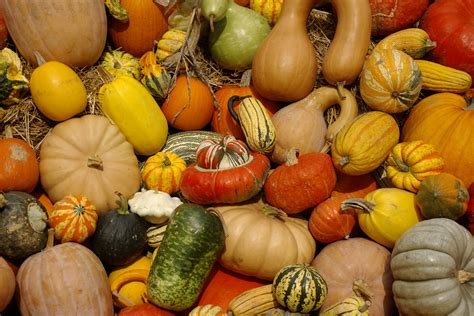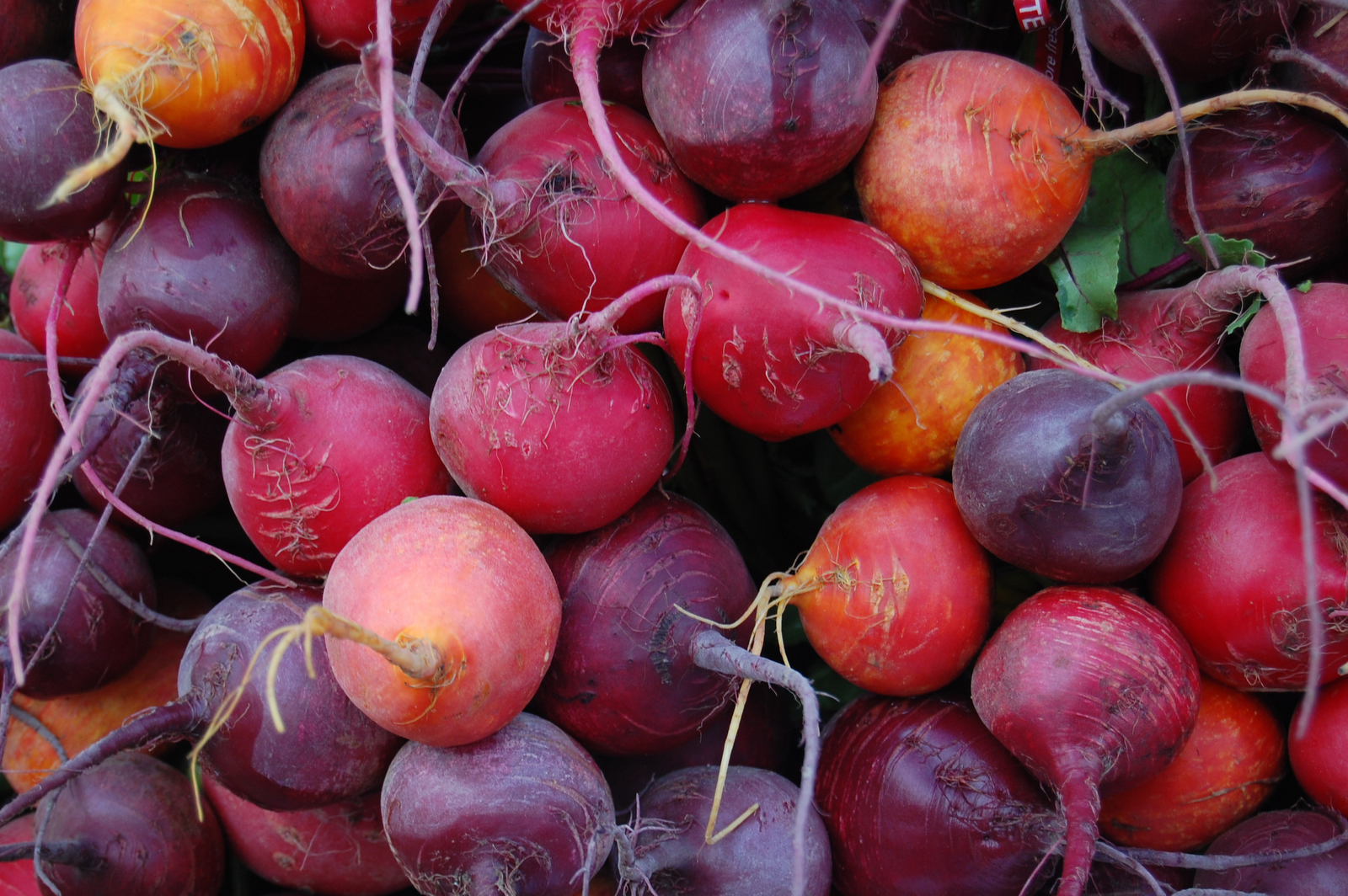Hello Steemians! Did you learn a lot about veggies in the last post?
Do you think you would pass the test? I hope so! I for one, learnt a ton, and I am really stoked to learn more. Today we are going to explore the plant families Chenopodiaceae, Legumionosae and Cucurbitaceae.
Let us get right into study mode!
Cucumbers, Squash and Melon Family - Cucurbitaceae
Thats right, squash, melons and cucumbers all belong to the same family! Generally, they all are vining plants as well. In my mind, I always grouped them together already (unlike the nightshade family, who knew tobacco and tomatoes were similar in any way.) Also, these plants are not technically veggies, they are indeed fruits, containing within their edible parts a seed.
As my favorite gardener friend Allisa says, squash are sluts! They are fond of crossbreeding within their sub groups, so you can get squash hybrids, or melon hybrids, or cucumber hybrids. Luckily they have to be the same species to cross pollinate, so you cant get any melon cucumbers or squash melons as cool as that may be. You gotta plant your paddy pans far away from your zucchini, and your honeydew away from your watermelon, because these plants are promiscuous! If they cross they may make weird, off tasting fruit and the seeds will be no good.
Cucurbits - another name for this family - need warm weather as their primary requirement, along with plenty of water. They originate in the warm parts of Asia and South America mostly. They also need lots of organic matter to keep the soil moist and give them lots of nooch.
Vegetable Garden Hub notes that the water is especially important in the early days of these plants, when the fruits are just starting to grow. If you think about it, watermelon and cucumbers are mainly water, so they need a lot!
There are two kinds of squash that a gardener grows, summer squash and winter squash. It is pretty easy to tell the difference once you know what each kind is like. Summer squash, you guessed it, you eat in the summer. These are the zucchinis and paddy pans that you harvest when their skin is still soft and edible. Winter squash store a while, and include things like pumpkins and acorn squash. These guys have a hard, tough skin and are harvested when the stem dries, and only the insides are edible.
Curcubits don't have too many problems as long as you keep them warm. However, if there is too much humidity or shade then powdery mildew can occur on the leaves. Spray with a mix of 1 part milk, 1 part baking soda and 10 parts water to kill mildew (Vegetable Garden Hub). The cucumber beetle may also be a problem for the whole family.

How many squash can you identify? IMAGE SOURCE
Legumes (Beans and Peas) - Leguminosae
The legume family most often brings to mind plants like peas and beans, but actually includes numerous and diverse species such as peanuts, alfalfa, clover, wisteria and tress like the mimosa and locust.
Some legumes, like peas, enjoy cool weather, whereas others enjoy the late/warmer season. You can plant peas well before the last frost, and enjoy them before everything else is grown!
There are many kinds of beans and peas, and there are varieties that you can eat whole and those that you have to dry and take out the beans and peas from inside. Most of the time, the stage that you pick them at is what determines how you can eat them, though some are just one way or the other.
A significant advantage that these plants have is that they fix nitrogen, which makes them very valuable for the gardener indeed. They 'fix' nitrogen by a symbiotic relationship with a type of bacteria called diazotrophs that live in little nodes on the roots of the legumes. These bacteria transform the nitrogen in the atmosphere into a substance that the plants can take up from the soil into its roots. Therefore, these plants are very rich in nitrogen and great for the soil.
Legumes have lots of protein, and are a very important crop worldwide. They do not like their roots to be disturbed, so its best to directly plant them and not pull plants out when thinning. They are prone to certain diseases, you just have to rotate and don't rustle through their leave when wet.
Legume are awesome, and provide a lot of protein the world over, whats your favorite kind?

Beetroot Family - Chenopodiaceae/Amaranthaceae
This veggie family includes beets, swiss chard, amaranth, spinach, orache, good king henry, lamb's quarters, quinoa and more. Something this family has in common is flowers without petals, odd indeed! Most of these crops enjoy cool weather, and things like spinach can bolt in hot weather. They also are continuous harvest crops, meaning you can take a couple leaves from your chard or pick a beet at any size!
I can hardly say this better, so here is a quote from Robbins Farm Garden Veggie School:
"Chard is by far the oldest member of the beet family. Its origins are similar to those of the thick-veined, tough-skinned cabbages, whose features it shares. Amaranth runs a close second. It was known and loved by the ancient Greeks. Beets are the baby in the family. They date back only about 200 years to northern Europe. That's why it's a mistake to call chard a beetless beet, as some people do. It makes much more sense to call a beet a bulbous chard."
Well there you go, some plant history! I think my favorite part about beets is their history >.< Generally, these are problem free plants! I personally would like to try growing some Amaranth or Good king Henry because their name sound cool, and I like to experiment. I am not so fond of beets, but home made beet chips, pickled beets, and mild beet salad are all things I can enjoy.
Interestingly, there are a lot of colors of beets that you normally would not think of. I bought some seeds that had pictures of white and red striped beets, and the yellow/orange kind are more mild and are really yummy for summer salad! Do you have any favorite beet recipes?

Well that's it for tonight Steemit, what did you learn? Are you getting excited for your garden next year?
Here are some follow up questions:
What do legumes add to the soil and how?
What are the two different classifications of squash?
If you plant a melon and a cucumber beside each other, will they cross pollinate?
Can you name 5 members of the Chenopodiaceae/Amaranthaceae family?
What is the most common issue for plants in the squash family?
Can you name a legume that is a tree?
Thank you for tuning in Steemit! I hope you enjoyed all this lovely information, I sure did. We have probably another post or two to cover a few more families, and then we will move onto something else! Have a good evening, stay cozy, and keep on Steemin on! <3
Bibliography:
Damrosch, Barbara. The garden primer. Second ed., Workman Publ., 2008. Page 232 and 233 specifically were used
“The Vegetable Families: Who's Who in the Vegetable Garden.” VegetableGardenHub.com, VegetableGardenHub.com, 21 Mar. 2012, vegetablegardenhub.com/vegetable-families.
“Vegetable Families.” Missouri Botanical Garden, Missouri Botanical Garden, www.missouribotanicalgarden.org/Portals/0/Gardening/Gardening%20Help/Factsheets/Vegetable%20Families69.pdf.
“Veggie Families.” Robbins Farm Garden - Veggie School, veggieschool.robbinsfarmgarden.org/index.php?page=families.
